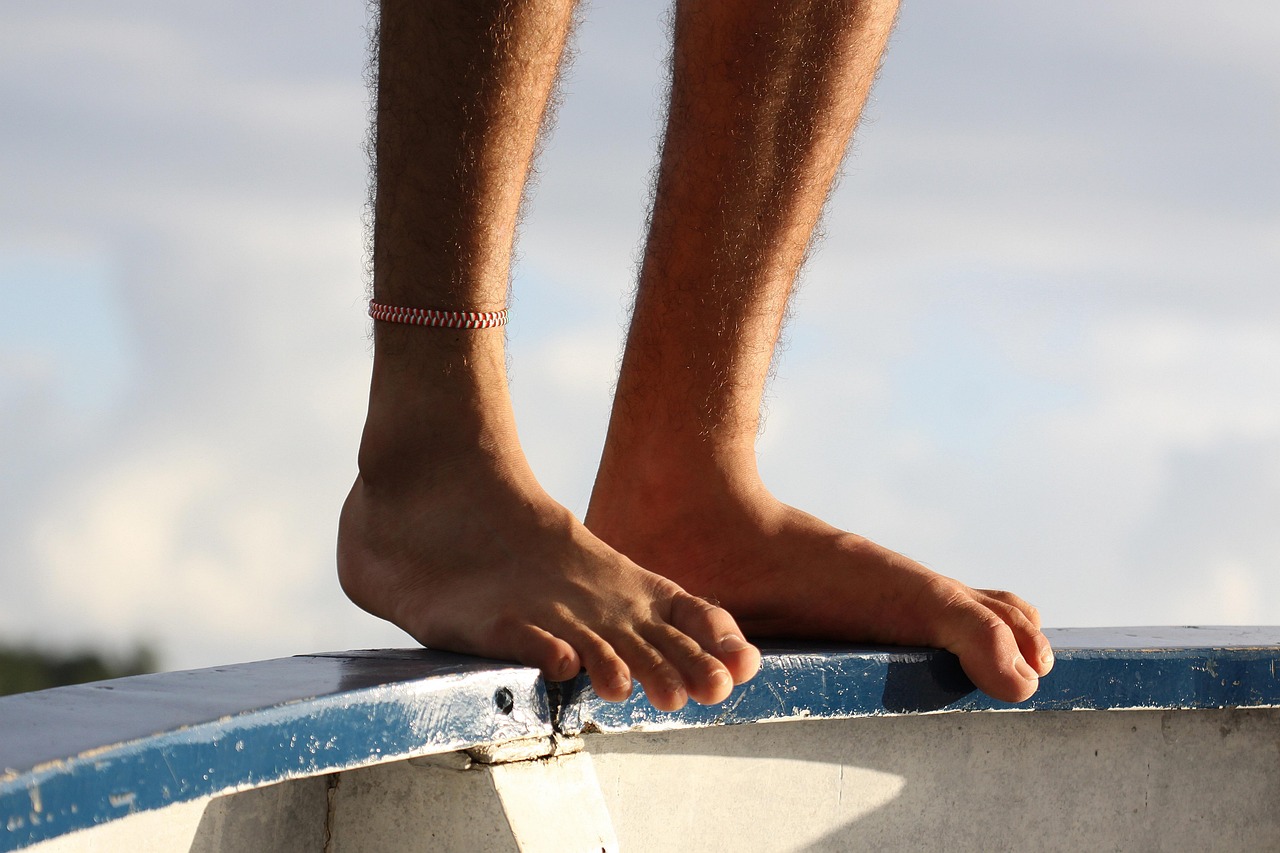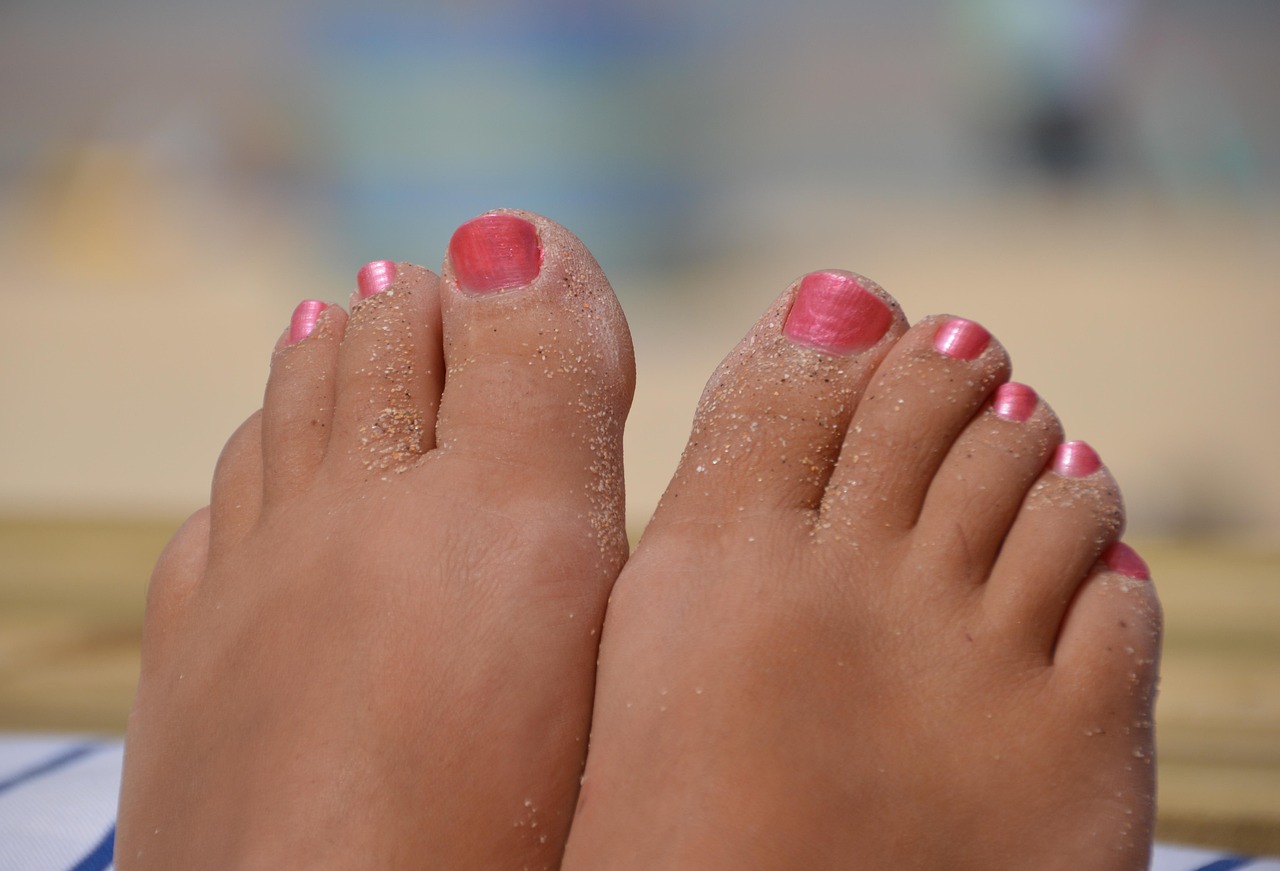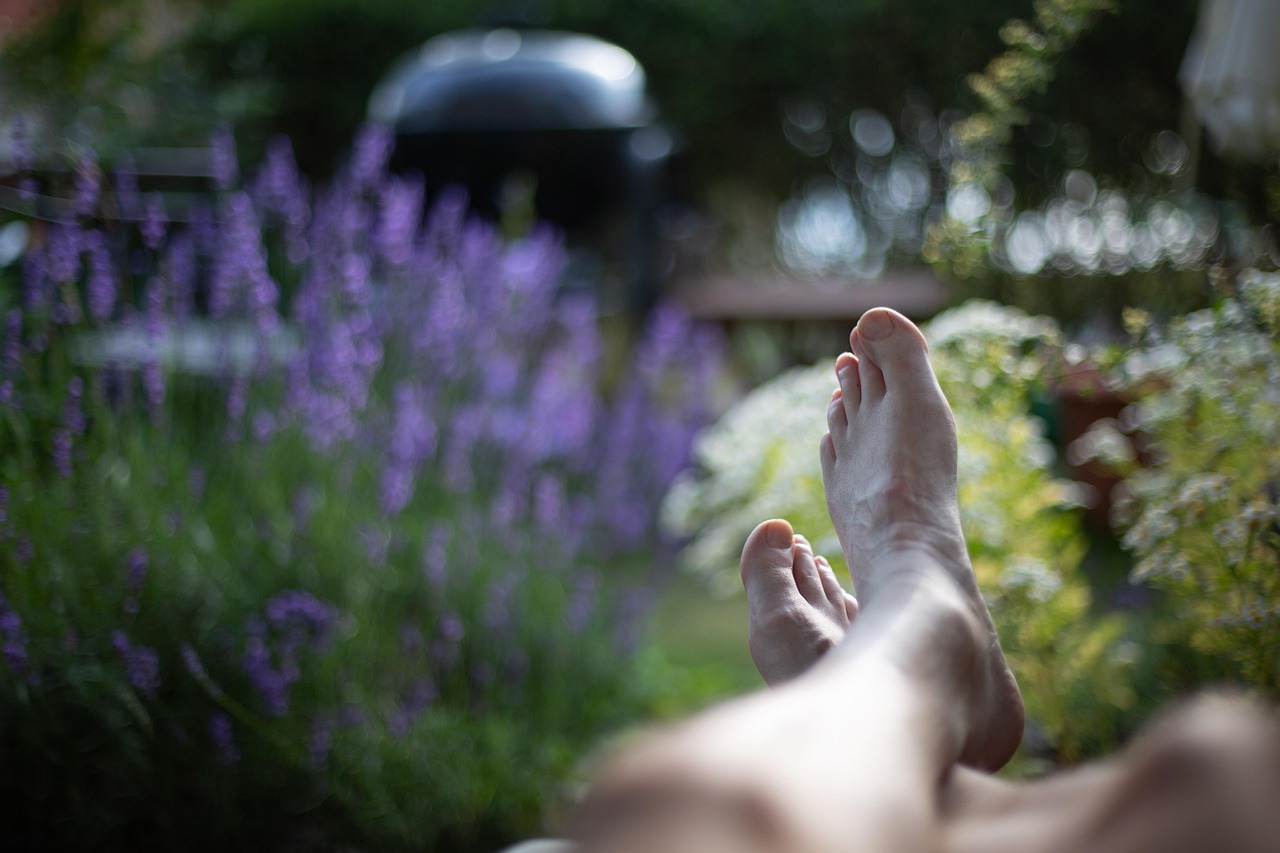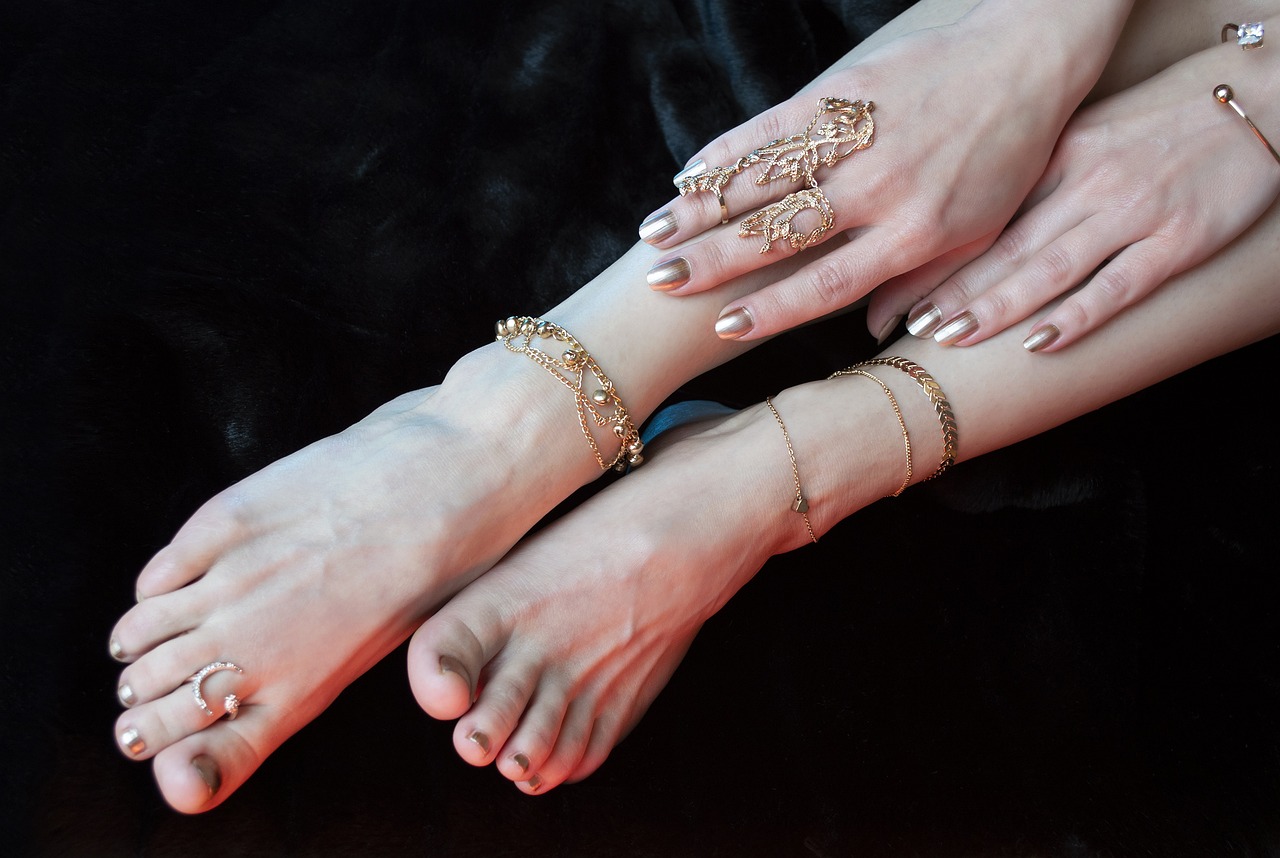Comfort doesn’t always mean care.
There’s nothing quite like slipping into cozy house slippers after a long day — they’re warm, soft, and feel like home. But here’s a surprising truth: not all slippers are good for your feet. In fact, some may be silently contributing to heel dryness, cracking, or even discomfort without you realizing it.
If your heels feel rough or irritated despite staying indoors most of the time, the culprit might be sitting right at your doorstep.
In this post, we’ll explore how house slippers can affect your heel health, what signs to look for, and how to protect your feet while enjoying that at-home comfort — with help from The Beauty Pure.
Table of Contents
Toggle🧦 The Hidden Impact of House Slippers on Heel Skin
Many people assume being at home = less pressure on their feet. But wearing the wrong type of slippers for hours can have several side effects:
🔹 1. No Cushion = Constant Pressure
Cheap or worn-out slippers often have thin soles. That means your heels absorb all the shock from walking on tile, hardwood, or cement floors.
🔹 2. Open-Back Design = Dry, Exposed Heels
Backless slippers leave the heel unprotected. This causes:
- More air exposure and dehydration
- Friction against hard edges or floors
- Easier buildup of calluses and cracking
🔹 3. Synthetic Materials = Sweat and Friction
Many slippers are made from low-quality synthetic fabric that traps moisture, causing:
- Heat and sweat buildup
- Chafing or irritation
- Increased risk of dry skin and peeling
🚩 Signs Your Slippers May Be Hurting Your Heels
- Rough, chalky heel skin despite daily moisturizing
- Cracks or peeling at the back of the foot
- Heel soreness after walking around the house
- Skin feels tight, dry, or sensitive at the end of the day
- You’ve been using the same slippers for over a year (or longer)
🧴 How to Protect Your Heels — Without Giving Up Slippers
✅ 1. Choose the Right Slippers
Look for slippers that have:
- Full heel coverage to retain moisture
- Memory foam or cushioned soles
- Breathable, natural materials like cotton or bamboo
- A snug but not tight fit (no rubbing or slipping)
✅ 2. Moisturize Before Wearing Slippers
- Ideal for daily use
- Lightweight, non-sticky
- Helps prevent slipper-induced dryness throughout the day
If your heels are already cracked:
👉 Lapitak Cream for Cracked Heels
- Repairs damaged skin
- Provides deep hydration and elasticity
- Best when used overnight with socks
✅ 3. Rotate or Refresh Your Slippers
- Replace slippers every 6–12 months depending on usage
- Wash them regularly — especially the insoles
- Alternate between two pairs to give them time to dry out
✅ 4. Go Barefoot (Safely)
Give your feet time to breathe:
- Walk barefoot 30–60 minutes daily indoors, on clean, smooth floors
- Avoid walking barefoot on cold or rough surfaces (which can increase dryness)
🧠 Bonus: Nighttime Repair Tip
Before bed:
- Exfoliate heels gently if needed
- Apply Lapitak Cream for Cracked Heels
- Wear cotton socks to lock in moisture overnight
This offsets any heel damage caused during the day — from slippers or anything else.
Final Thoughts: Soft Slippers ≠ Soft Heels
House slippers might feel cozy, but they’re not always caring for your heels. From poor support to friction and sweat, the wrong pair can slowly compromise your foot health.
👉 Explore The Beauty Pure to find the perfect heel care products that work — no matter what you’re wearing at home.





